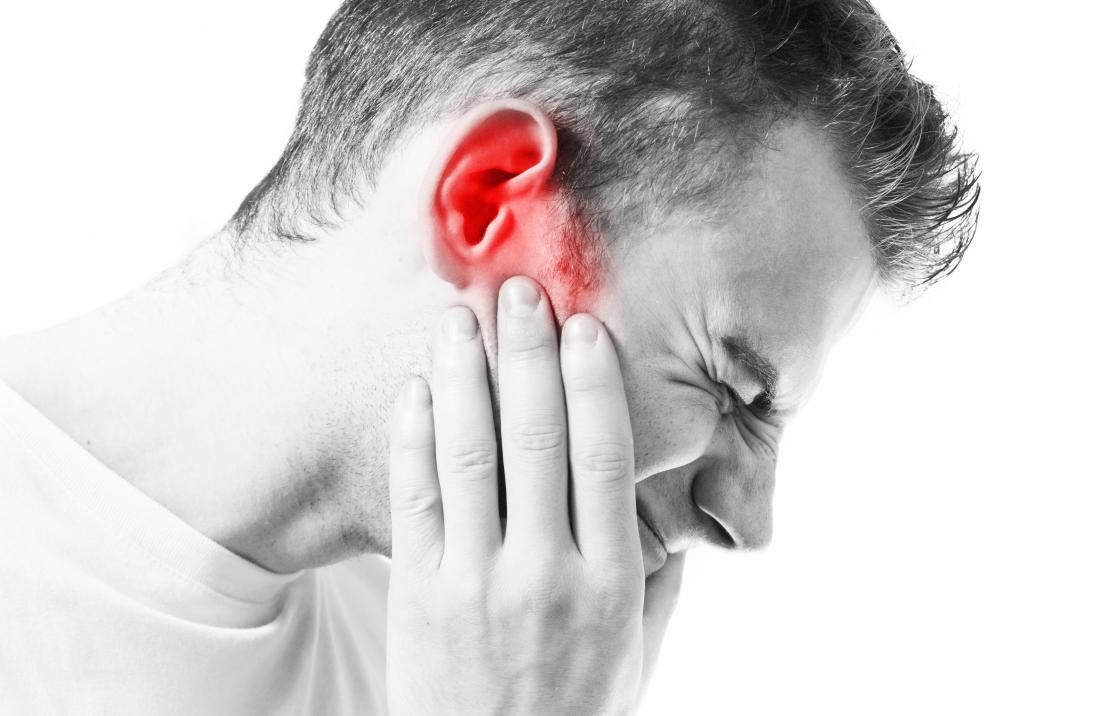Contact dermatitis is one of the most common skin conditions affecting people of all ages. It occurs when the skin reacts to substances it touches, leading to irritation or allergic reactions. With increasing exposure to chemicals, cosmetics, and workplace allergens, understanding and managing contact dermatitis has become more important than ever, especially for individuals in …
Contact dermatitis is one of the most common skin conditions affecting people of all ages. It occurs when the skin reacts to substances it touches, leading to irritation or allergic reactions. With increasing exposure to chemicals, cosmetics, and workplace allergens, understanding and managing contact dermatitis has become more important than ever, especially for individuals in occupations or environments with frequent skin contact exposures.
Health Issue Explanation
Contact dermatitis is an inflammatory skin condition caused by direct contact with irritants or allergens. It is generally classified into two types:
- Irritant Contact Dermatitis (ICD): caused by direct chemical or physical damage to the skin (e.g., detergents, solvents).
- Allergic Contact Dermatitis (ACD): a delayed hypersensitivity reaction involving the immune system, triggered by allergens like nickel, fragrances, or poison ivy.
While not life-threatening, contact dermatitis can significantly impact quality of life due to discomfort, visible rashes, and chronic recurrence if triggers are not identified and avoided.
Risk Factors
Several factors increase the likelihood of developing contact dermatitis:
- Occupational exposure (e.g., healthcare workers, hairdressers, cleaners, construction workers)
- Frequent handwashing or use of harsh soaps and disinfectants
- History of allergies or eczema (atopic dermatitis)
- Use of certain personal care products, such as perfumes or cosmetics
- Wearing jewelry or clothing containing allergenic metals (e.g., nickel)
- Exposure to plants, like poison ivy or poison oak
Clinical Manifestations
Symptoms of contact dermatitis vary based on the severity and type of reaction, but typically include:
- Redness and inflammation of the skin
- Itching or burning sensation
- Dry, cracked, or scaly skin
- Blistering or oozing in more severe cases
- Skin thickening or discoloration with chronic exposure
Symptoms usually appear within hours to days after contact and are typically confined to the exposed area.
Prevention
Preventing contact dermatitis largely depends on avoiding exposure to known irritants and allergens. Key preventive strategies include:
- Identifying and avoiding trigger substances through patch testing
- Wearing protective clothing or gloves when handling chemicals
- Using mild, fragrance-free skin care products
- Moisturizing regularly to maintain the skin barrier
- Reading product labels carefully to avoid allergens
- Implementing proper hygiene and skin care routines, especially in workplaces
Treatment
Treatment of contact dermatitis focuses on relieving symptoms and preventing recurrence:
- Avoid the irritant or allergen immediately
- Topical corticosteroids (e.g., hydrocortisone) to reduce inflammation
- Antihistamines to control itching in allergic cases
- Moisturizers to repair and protect the skin barrier
- Cold compresses for soothing acute flare-ups
- Medical consultation for persistent, widespread, or severe cases
- Patch testing by a dermatologist to identify specific allergens in chronic cases
Contact dermatitis is a widespread skin condition that, while not dangerous, can be persistent and disruptive if not properly managed. Education about triggers, preventive habits, and early treatment are essential to minimize symptoms and improve skin health. With proper care and lifestyle adjustments, most people can successfully manage and even prevent contact dermatitis.
Book a Consultation










